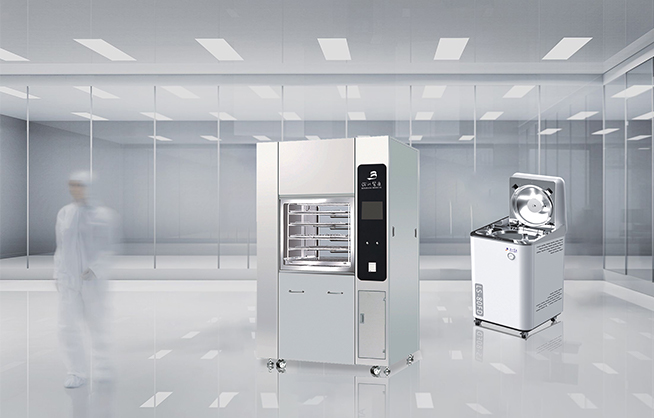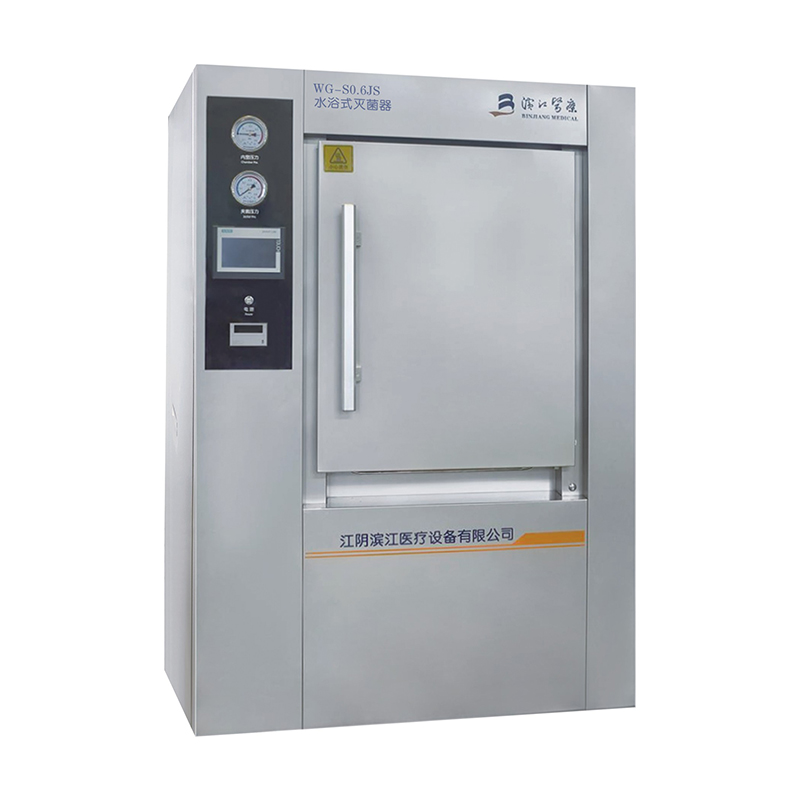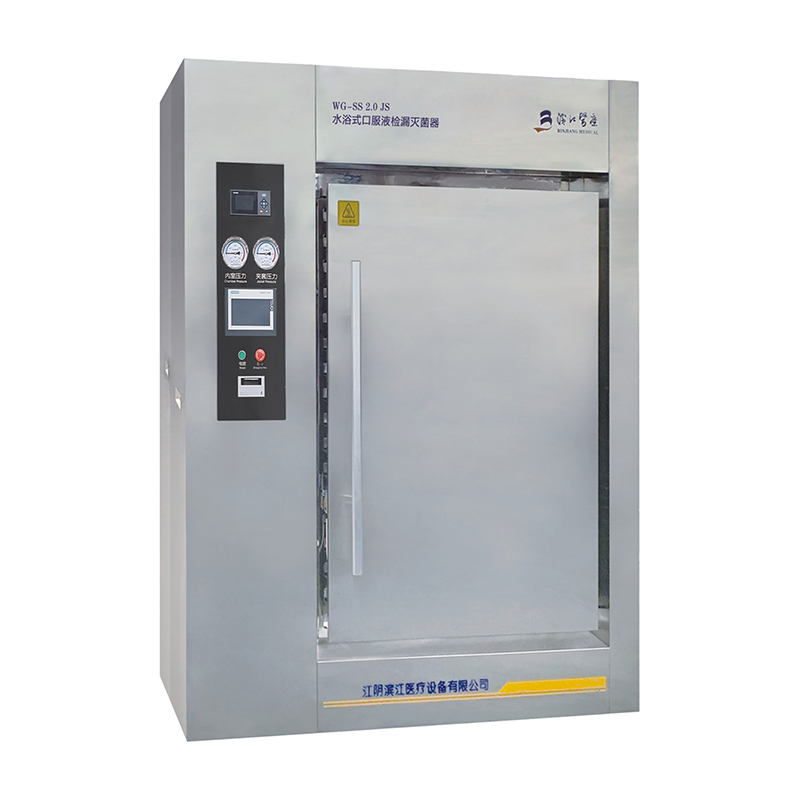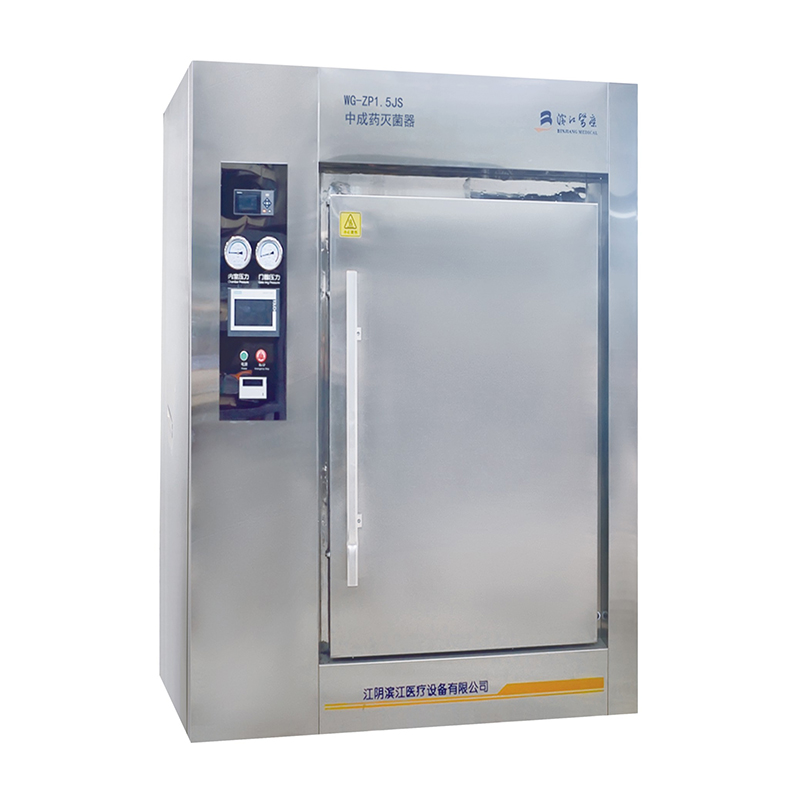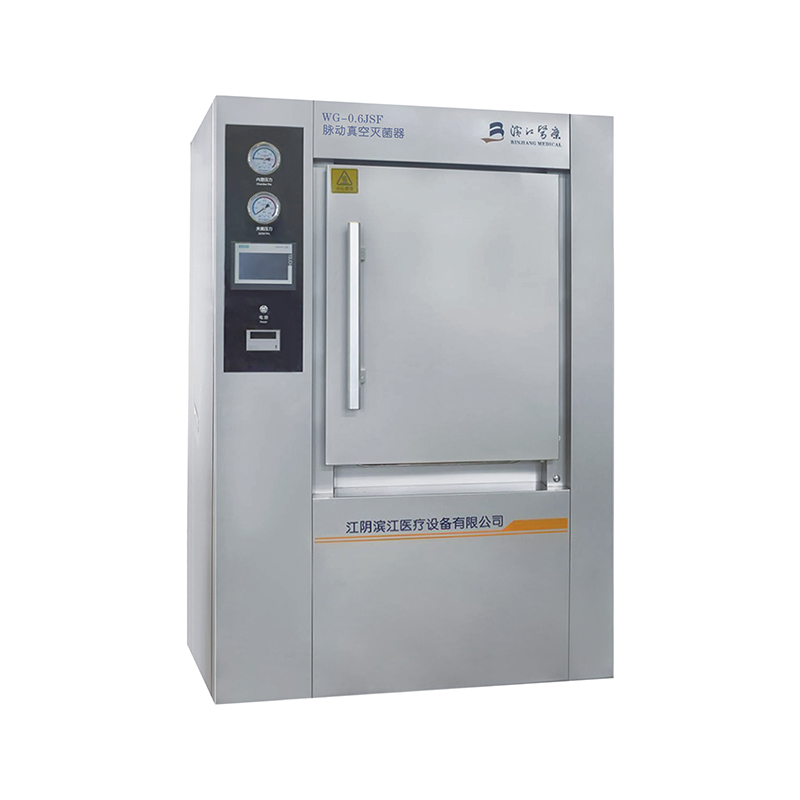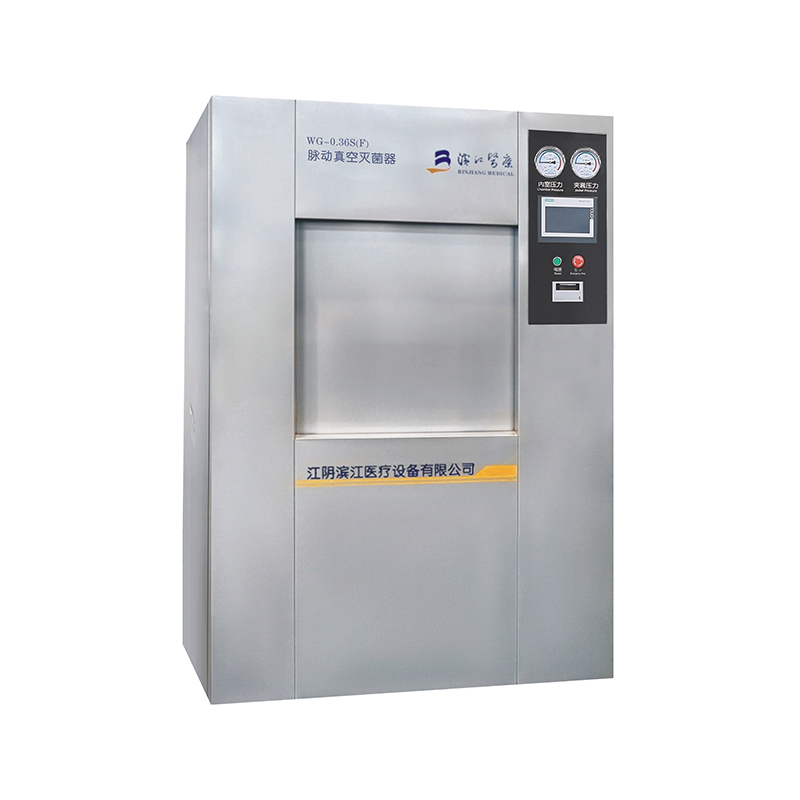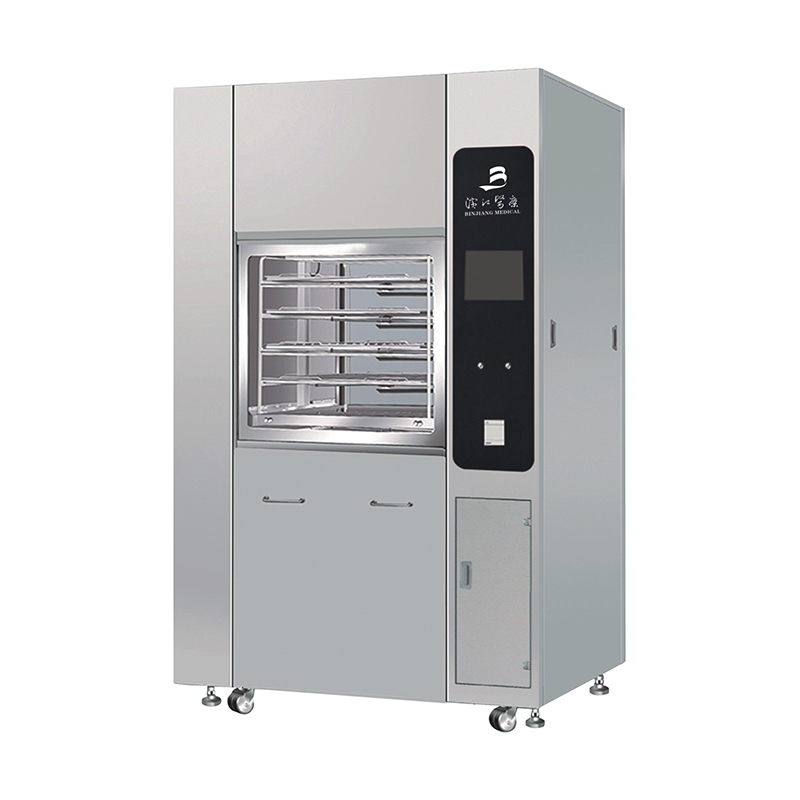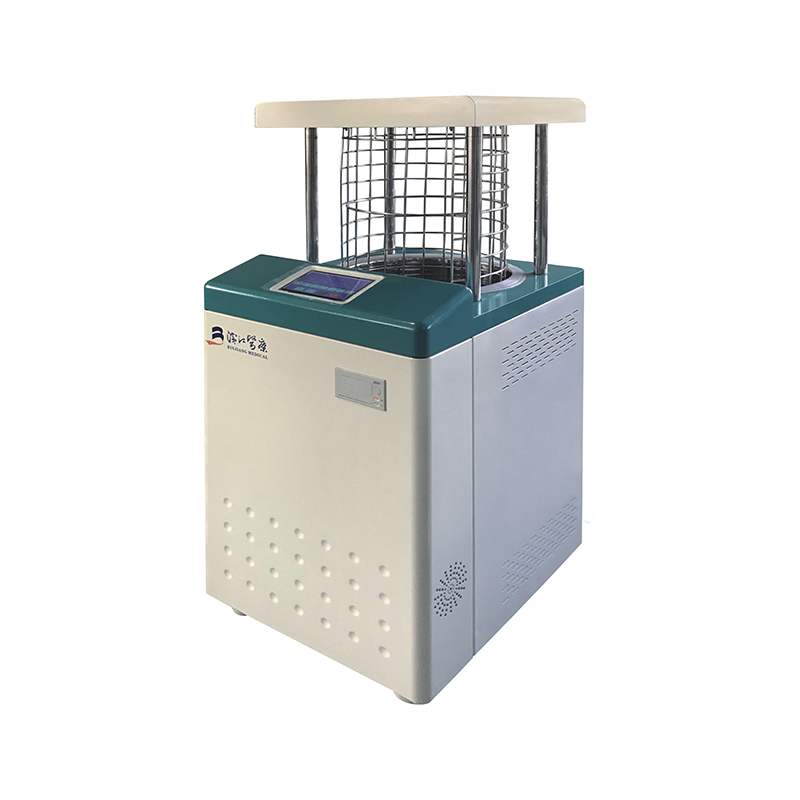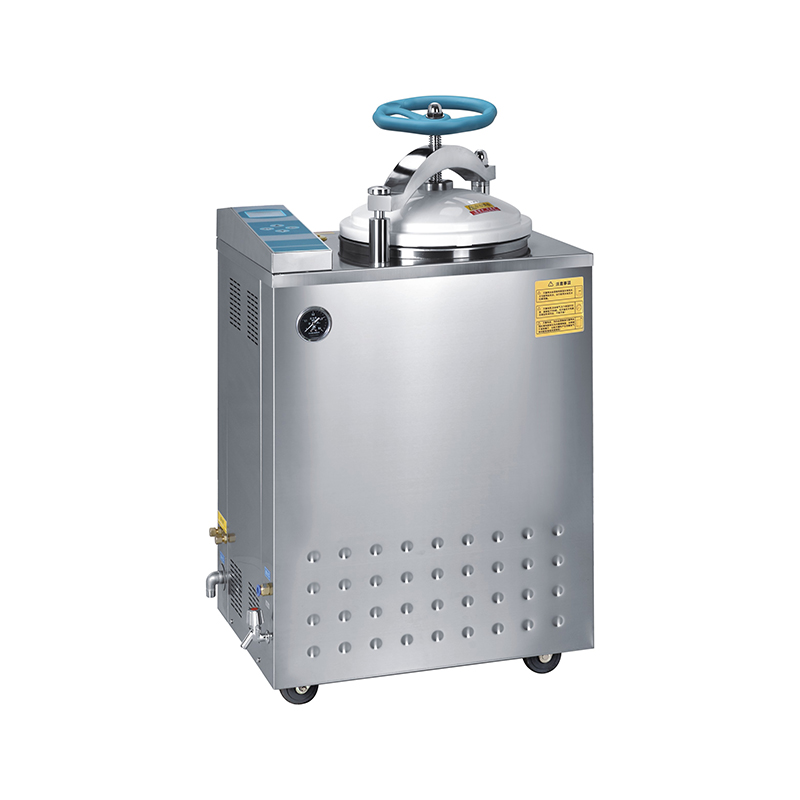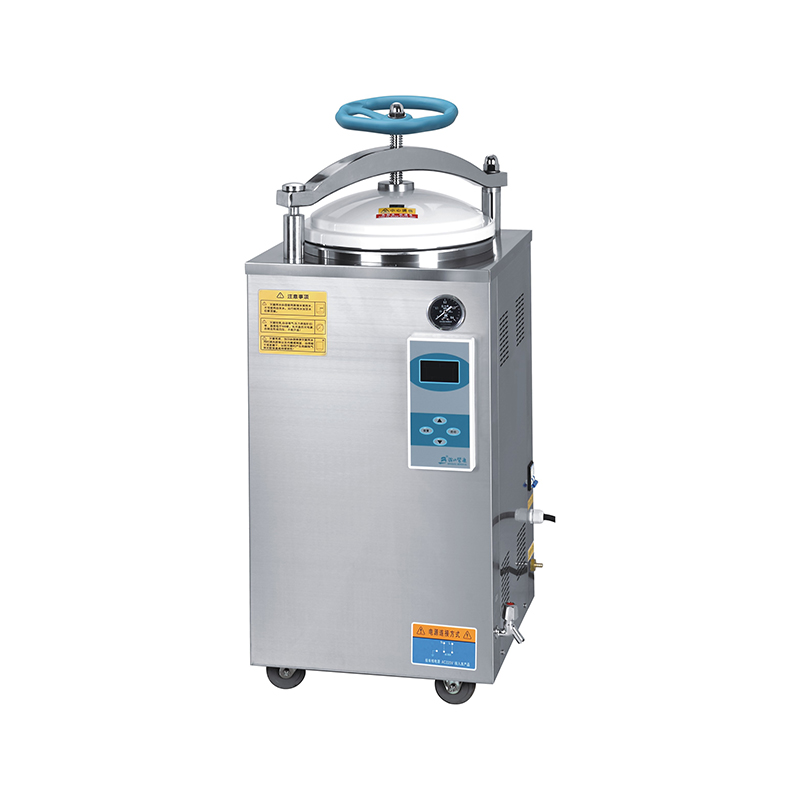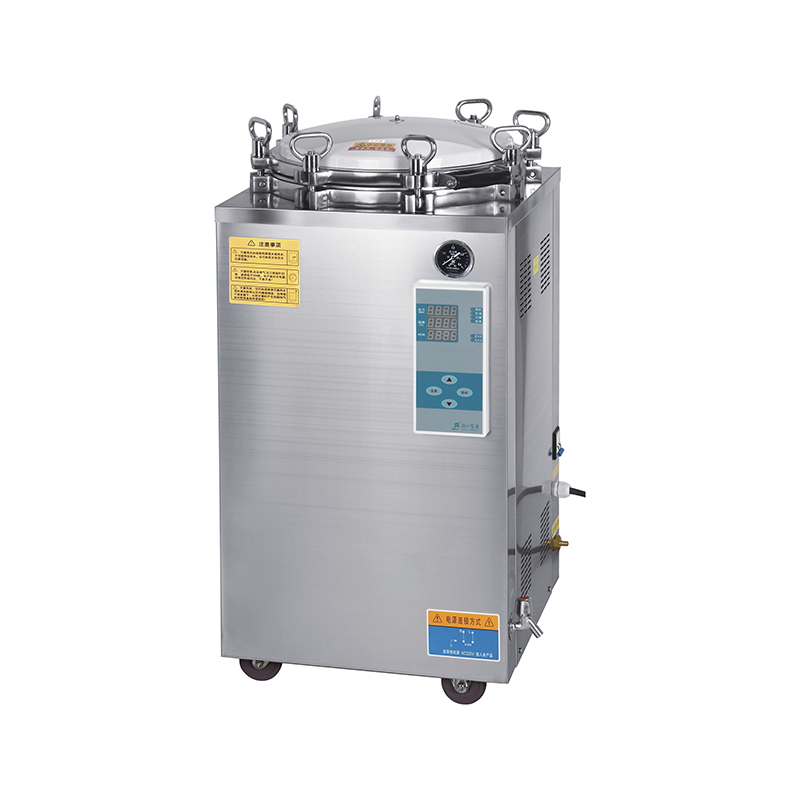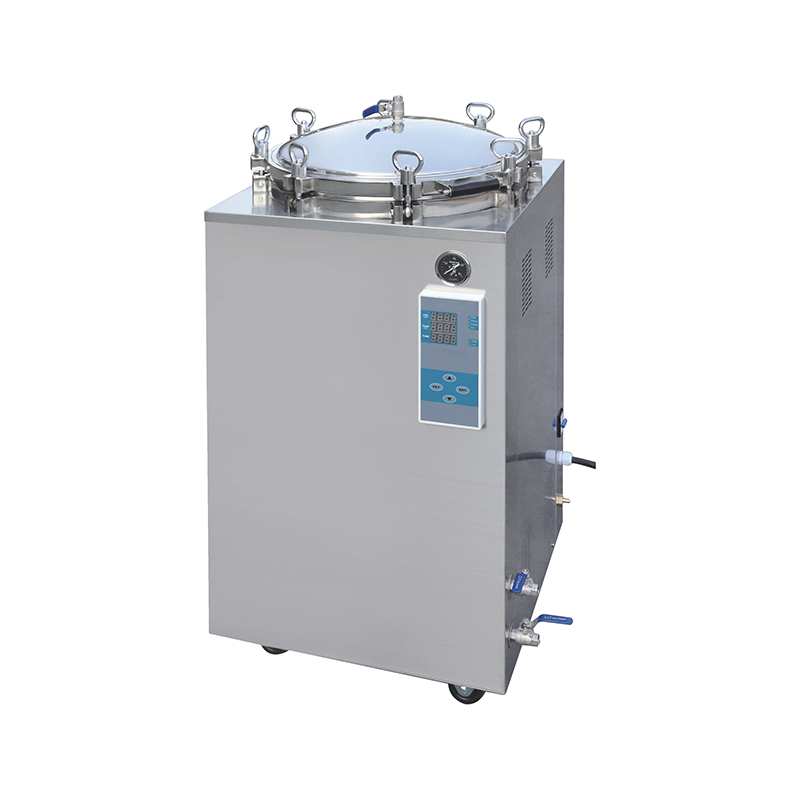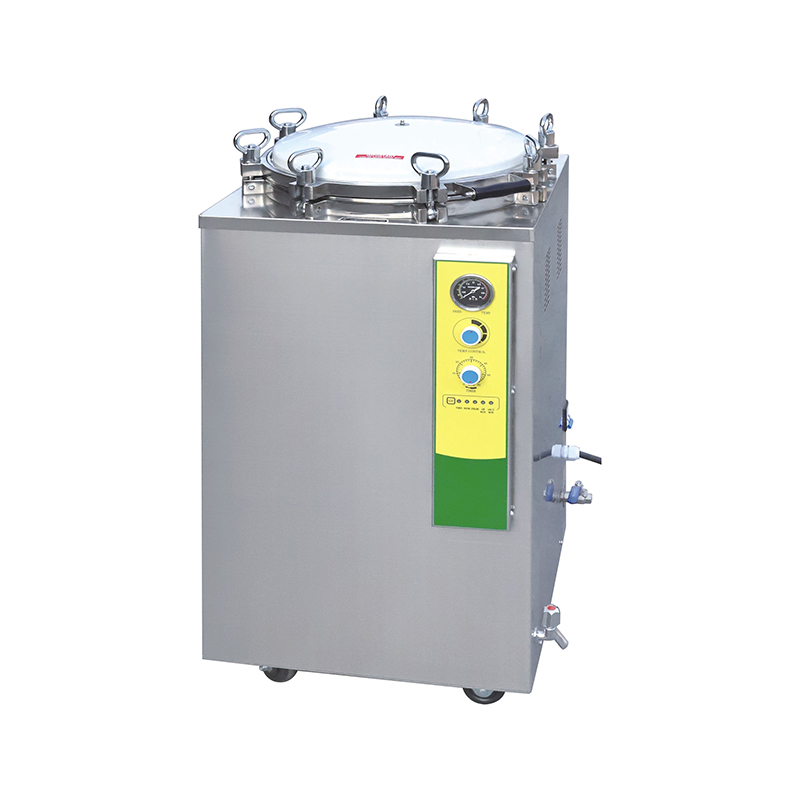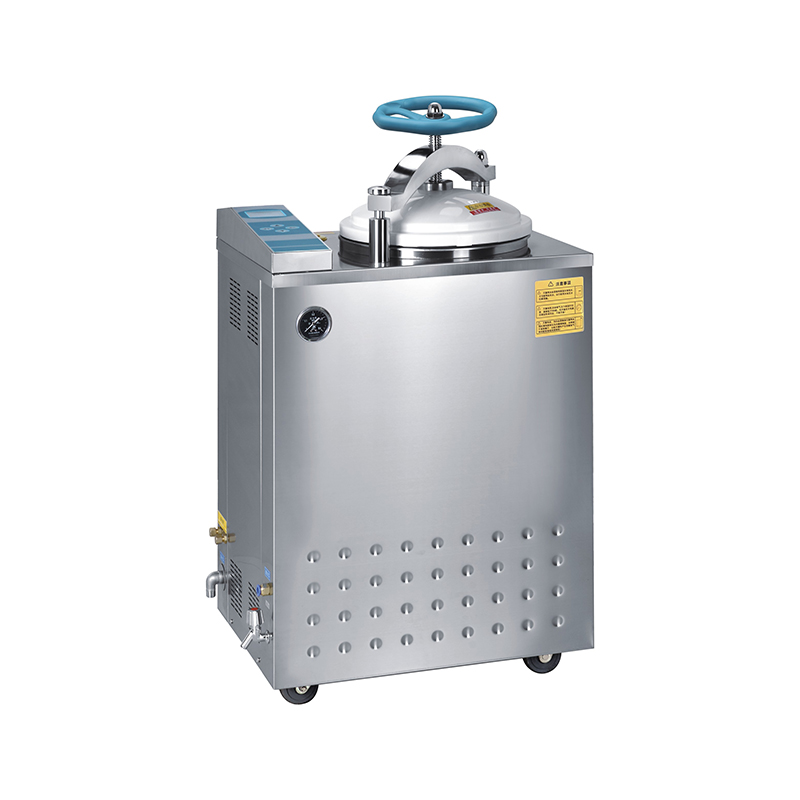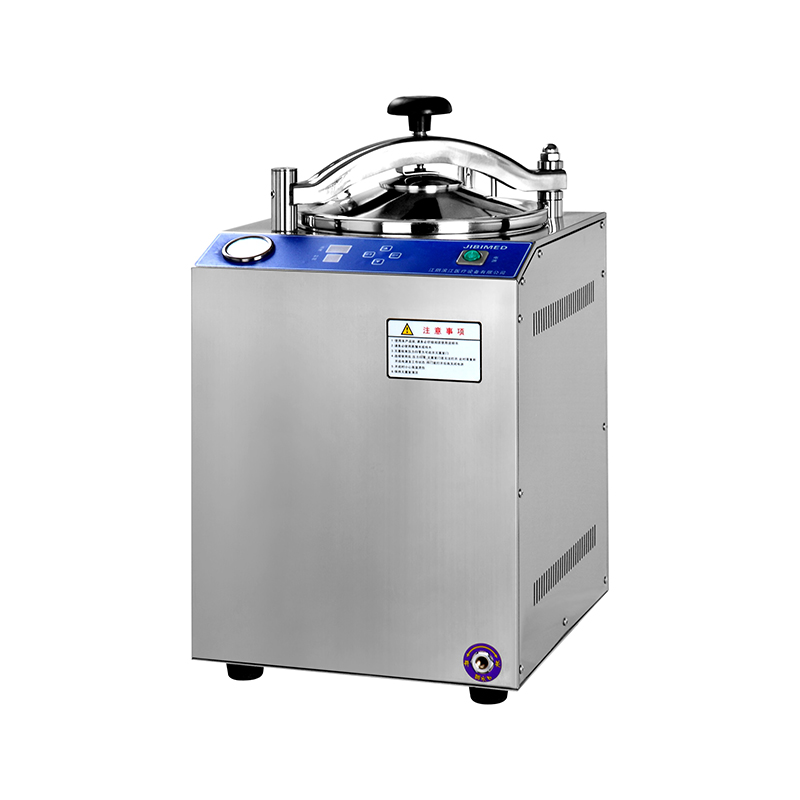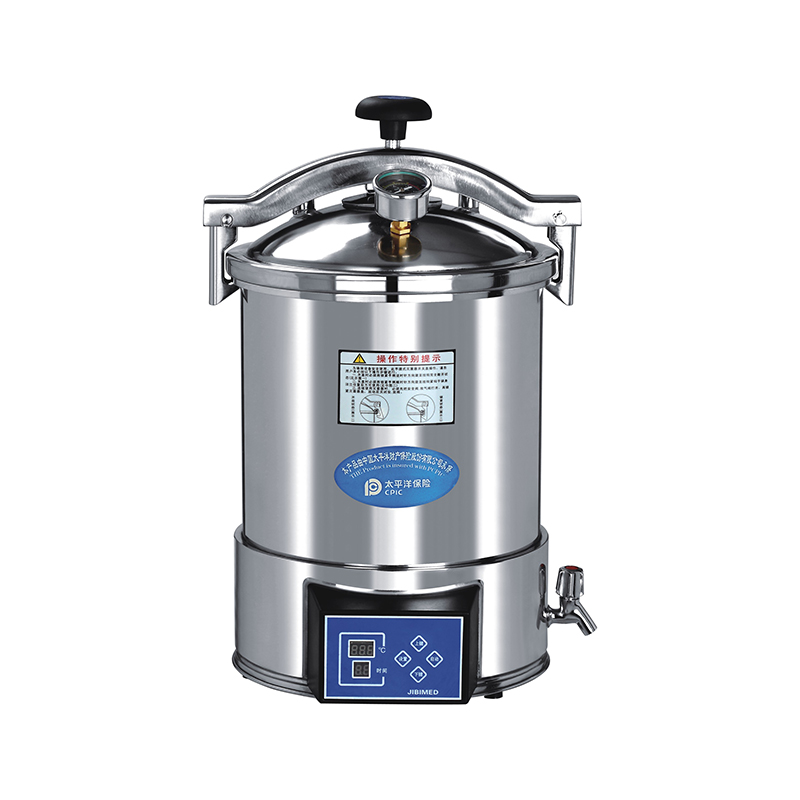Comparing Sterilization Methods: UV-C, Ozone, and More for Safe Spaces
Posted by Admin | 15 Jan
Space sterilizers are powerful tools used across medical, pharmaceutical, scientific research, and food industries to prevent the spread of harmful microorganisms. Among the most commonly used sterilization methods are UV-C radiation, ozone, and other advanced techniques. But how do they work, and which method is best suited for different environments? Let’s break down the benefits and limitations of each approach to help you make an informed decision.
UV-C Radiation:
UV-C light, a powerful form of ultraviolet light, is a highly effective sterilization method widely used in space sterilizers. It works by disrupting the DNA or RNA of microorganisms, rendering them incapable of replication and infection. The main advantage of UV-C radiation is its proven efficiency in killing bacteria, viruses, and fungi in the air and on surfaces. It’s ideal for environments like hospitals, laboratories, and food manufacturing facilities where rapid disinfection is critical. UV-C sterilizers are particularly useful in small to medium-sized spaces, including surgical rooms and biosafety cabinets, as they provide targeted, effective disinfection with minimal downtime.
However, UV-C radiation has its limitations. Its effectiveness can be reduced by factors such as the distance between the light and the surface, and its ability to disinfect shadowed areas is limited. UV-C light also poses a safety risk to humans, so the space being treated needs to be unoccupied during operation. Some sterilizers mitigate this issue with automated systems that ensure the room is vacated before the UV-C cycle begins.
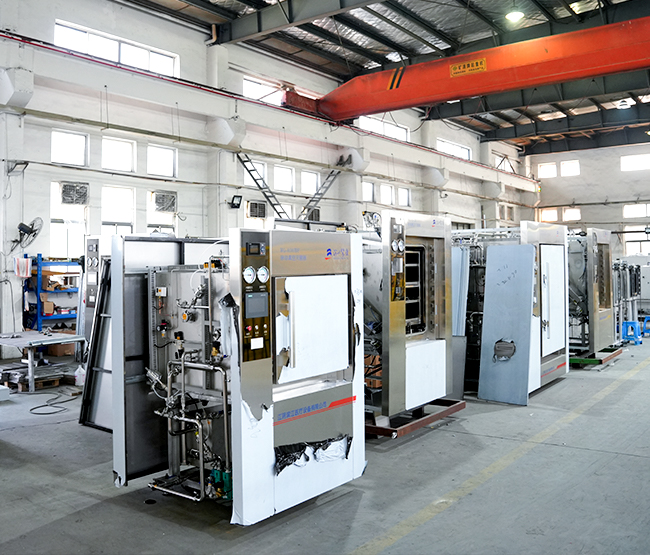
Ozone Sterilization:
Ozone is another powerful sterilization method used in space sterilizers. It works by generating ozone (O₃) gas, which is highly reactive and breaks down harmful microorganisms by disrupting their cellular structures. Ozone is particularly effective at removing odors and sterilizing large spaces, as it can circulate throughout a room and penetrate hard-to-reach corners. For industries like food manufacturing or pharmaceutical production, ozone is a go-to solution for its ability to address both airborne and surface contaminants in a single cycle.
The advantage of ozone sterilization is its ability to cover larger areas more comprehensively than UV-C light, without the need for direct exposure to the microorganisms. It’s especially beneficial in environments that require constant sterilization, such as warehouses, clean rooms, and high-volume manufacturing lines. However, ozone has a major drawback—its toxicity. Ozone is harmful to human health, and exposure must be strictly controlled. Therefore, spaces need to be evacuated during the ozone treatment process, and a safe waiting period is necessary before the space can be re-occupied. Additionally, ozone may degrade certain materials over time, which can be a concern in environments with sensitive equipment or furnishings.
Other Methods:
While UV-C and ozone are the most popular sterilization methods, other technologies are increasingly being used in combination or as alternatives. For example, some sterilizers use ionized air, which neutralizes airborne particles and reduces microbial growth by charging particles to attract and capture contaminants. Another method is the use of high-efficiency particulate air (HEPA) filters combined with UV-C lights or ozone to trap and kill microorganisms. These hybrid systems are becoming more common in large facilities that require continuous air purification along with surface sterilization.
The key benefit of these alternative methods is their ability to address a wider range of contaminants. Ionized air and HEPA filtration systems, for instance, can capture particles as small as viruses, providing an additional layer of protection in high-risk environments. However, these methods typically require more complex systems, maintenance, and a larger initial investment. They are often seen as complementary solutions to UV-C and ozone rather than standalone alternatives.
Which Method is Best for Your Environment?
Ultimately, the choice of sterilization method depends on your specific needs. For small, enclosed spaces where precision and speed are important, UV-C radiation is highly effective. However, if you need to cover larger areas or want a method that doesn’t require direct exposure, ozone may be the better option. In high-traffic areas or environments where both air and surface sterilization are needed, a hybrid system combining UV-C, ozone, and HEPA filtration may offer the most comprehensive solution.


 English
English русский
русский Français
Français Español
Español bahasa Indonesia
bahasa Indonesia Deutsch
Deutsch عربى
عربى 中文简体
中文简体
